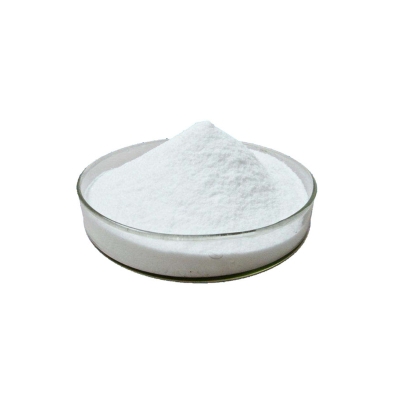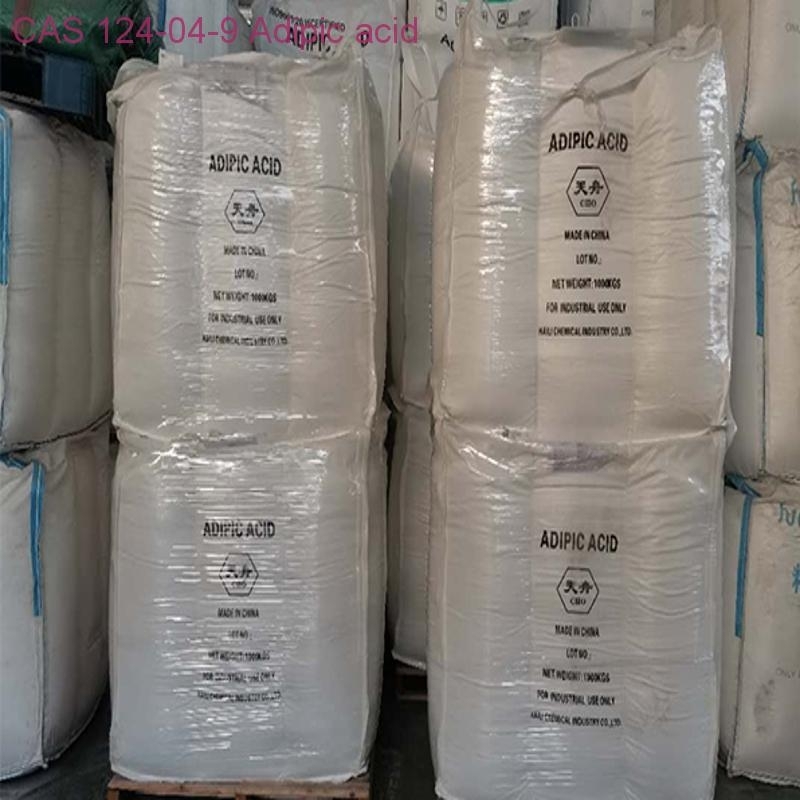-
Categories
-
Pharmaceutical Intermediates
-
Active Pharmaceutical Ingredients
-
Food Additives
- Industrial Coatings
- Agrochemicals
- Dyes and Pigments
- Surfactant
- Flavors and Fragrances
- Chemical Reagents
- Catalyst and Auxiliary
- Natural Products
- Inorganic Chemistry
-
Organic Chemistry
-
Biochemical Engineering
- Analytical Chemistry
-
Cosmetic Ingredient
- Water Treatment Chemical
-
Pharmaceutical Intermediates
Promotion
ECHEMI Mall
Wholesale
Weekly Price
Exhibition
News
-
Trade Service
Pyridoxine hydrochloride, also known as vitamin B6, is a essential micronutrient that plays a crucial role in many bodily functions.
It is widely used in the chemical industry as a raw material and intermediate in the production of various chemicals, such as pharmaceuticals, cosmetics, and food additives.
However, the use of vitamin B6 in the chemical industry has raised concerns about its safety.
In this article, we will explore the safety of pyridoxine hydrochloride in the chemical industry.
To understand the safety of pyridoxine hydrochloride, it is essential to know its chemical properties.
Pyridoxine hydrochloride is a white or almost white, crystalline powder that is slightly soluble in water.
It has a slightly bitter taste and is moderately soluble in alcohol and in ether.
Pyridoxine hydrochloride is also slightly soluble in diluted acids, but it is very soluble in diluted bases.
Its molecular formula is C8H11N3O5S, and its molecular weight is 245.
65.
Pyridoxine hydrochloride is an essential nutrient that plays a crucial role in the metabolism of amino acids, carbohydrates, and fats.
It is also involved in the biosynthesis of heme, a component of hemoglobin, and in the formation of sphingolipids, which are important structural lipids in cell membranes.
Vitamin B6 is also involved in the regulation of blood glucose levels and in the synthesis of neurotransmitters, such as serotonin and dopamine.
In the chemical industry, pyridoxine hydrochloride is used as a raw material and intermediate in the production of various chemicals.
It is used in the production of pharmaceuticals, cosmetics, and food additives.
Pyridoxine hydrochloride is also used as a plant growth promoter and a feed additive for livestock.
The use of vitamin B6 in the chemical industry has raised concerns about its safety.
Pyridoxine hydrochloride is classified as a class III medical device in the European Union, which means that it is considered to be a high-risk device that requires prior authorization from the government before it can be placed on the market.
Pyridoxine hydrochloride has also been classified as a category 2 carcinogen by the International Agency for Research on Cancer (IARC), which means that it is possibly carcinogenic to humans.
The safety of pyridoxine hydrochloride in the chemical industry is of great concern because of its potential toxicity.
The toxicity of pyridoxine hydrochloride is dependent on the route of exposure and the duration of exposure.
Acute exposure to high levels of pyridoxine hydrochloride can cause nausea, vomiting, abdominal cramps, and diarrhea.
Chronic exposure to high levels of pyridoxine hydrochloride can lead to neurological damage, such as ataxia, numbness, and weakness, and to peripheral neuropathy.
Pyridoxine hydrochloride is also known to be teratogenic, meaning that it can cause birth defects.
Studies have shown that high levels of pyridoxine hydrochloride can cause birth defects in animals, and there is evidence to suggest that pyridoxine hydrochloride may cause birth defects in humans as well.
In addition, pyridoxine hydrochloride is also known to be an environmental pollutant.
Studies have shown that pyridoxine hydrochloride can accumulate in the environment and that it can have adverse effects on wildlife.
For example, pyridoxine hydrochlor







